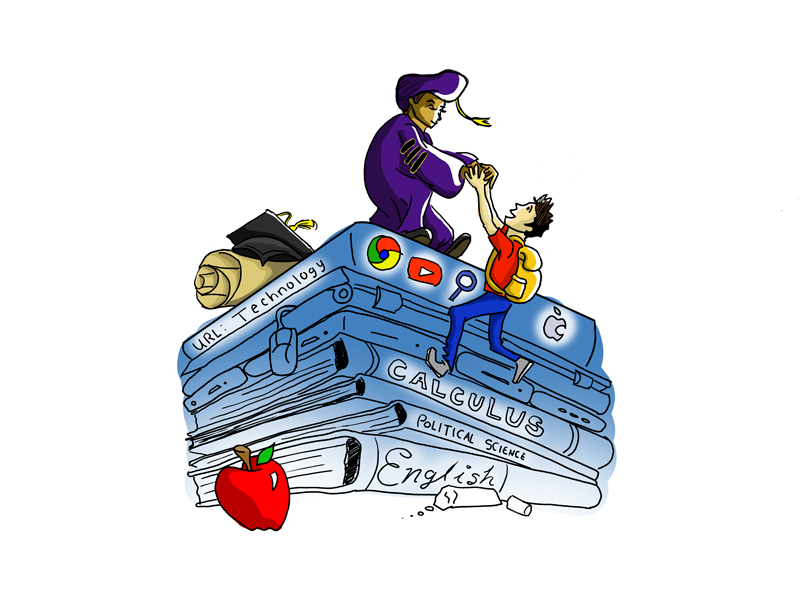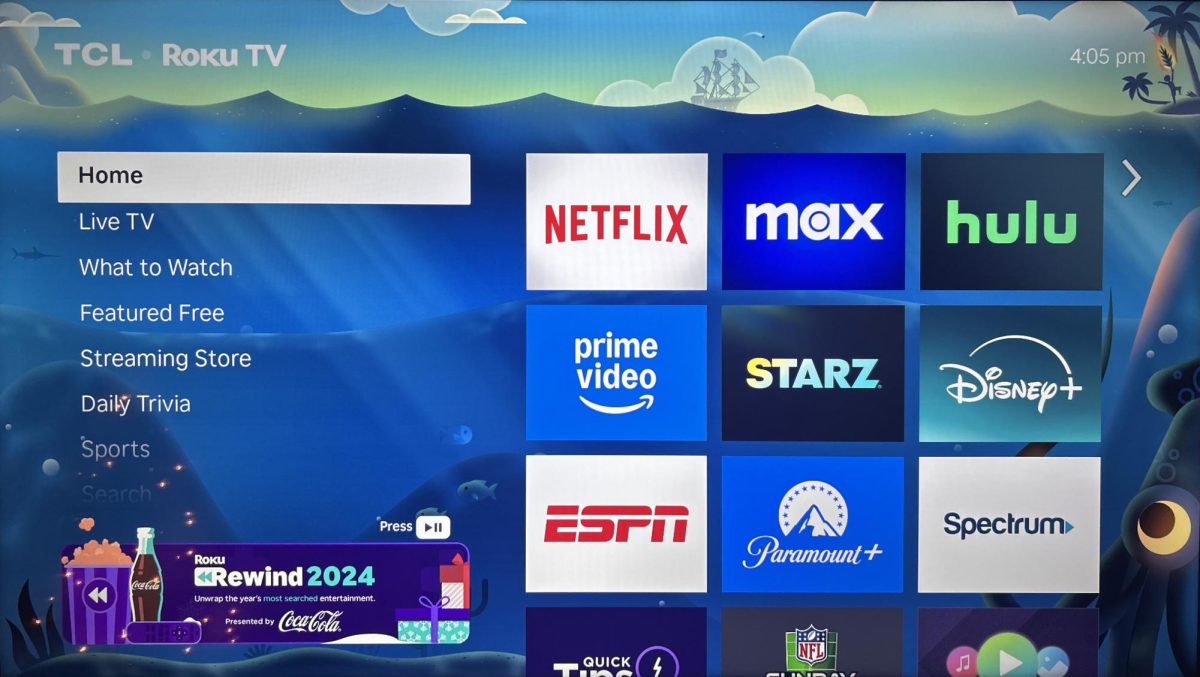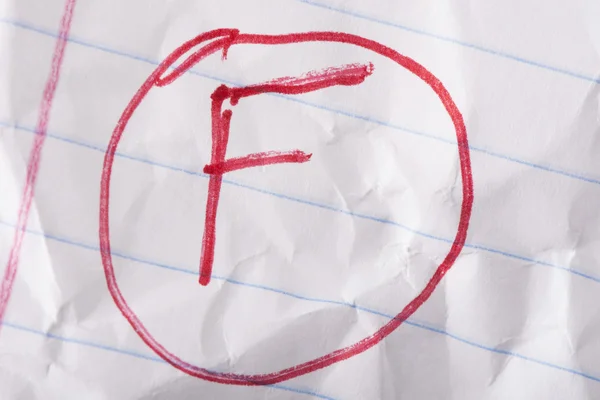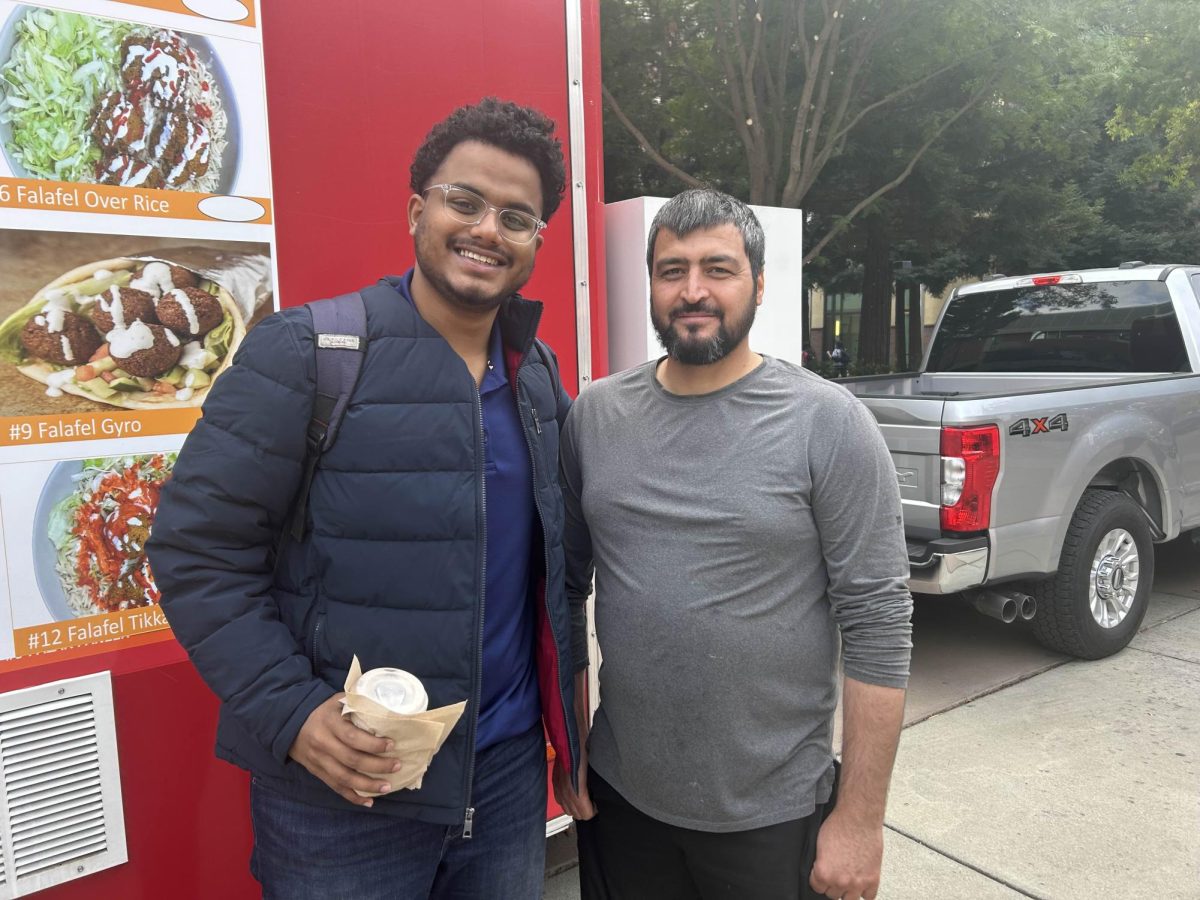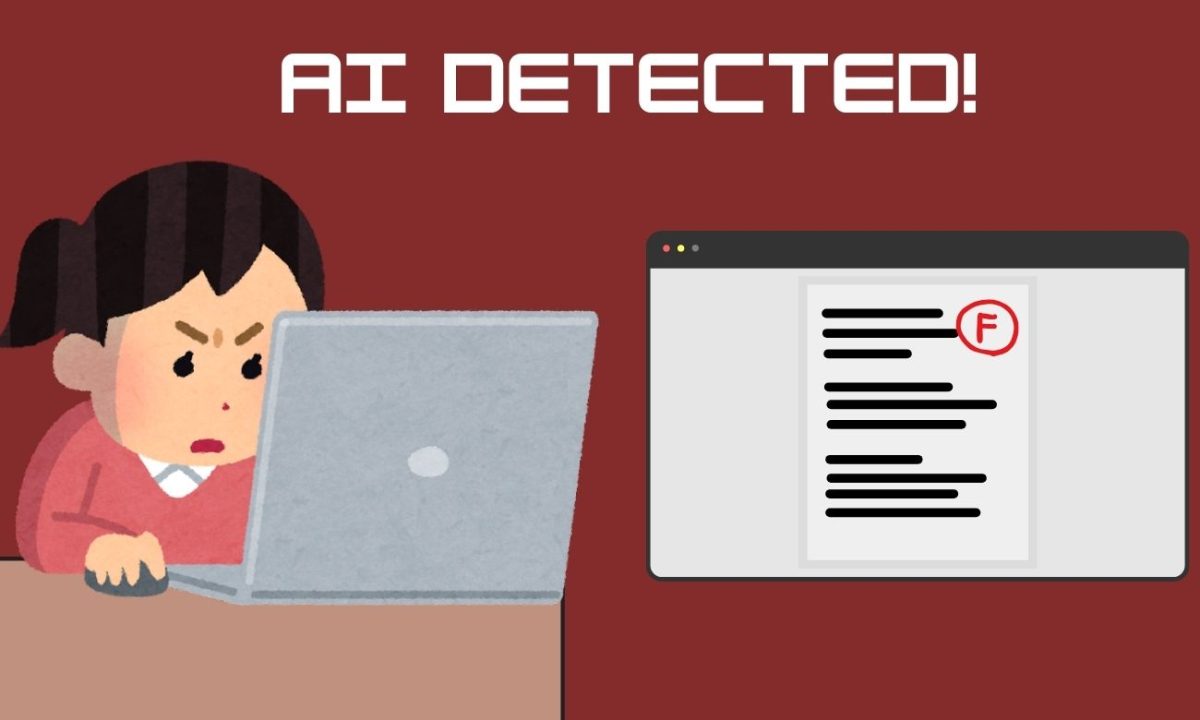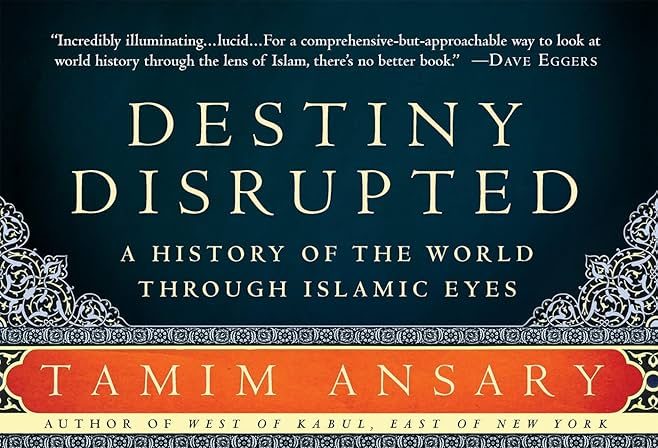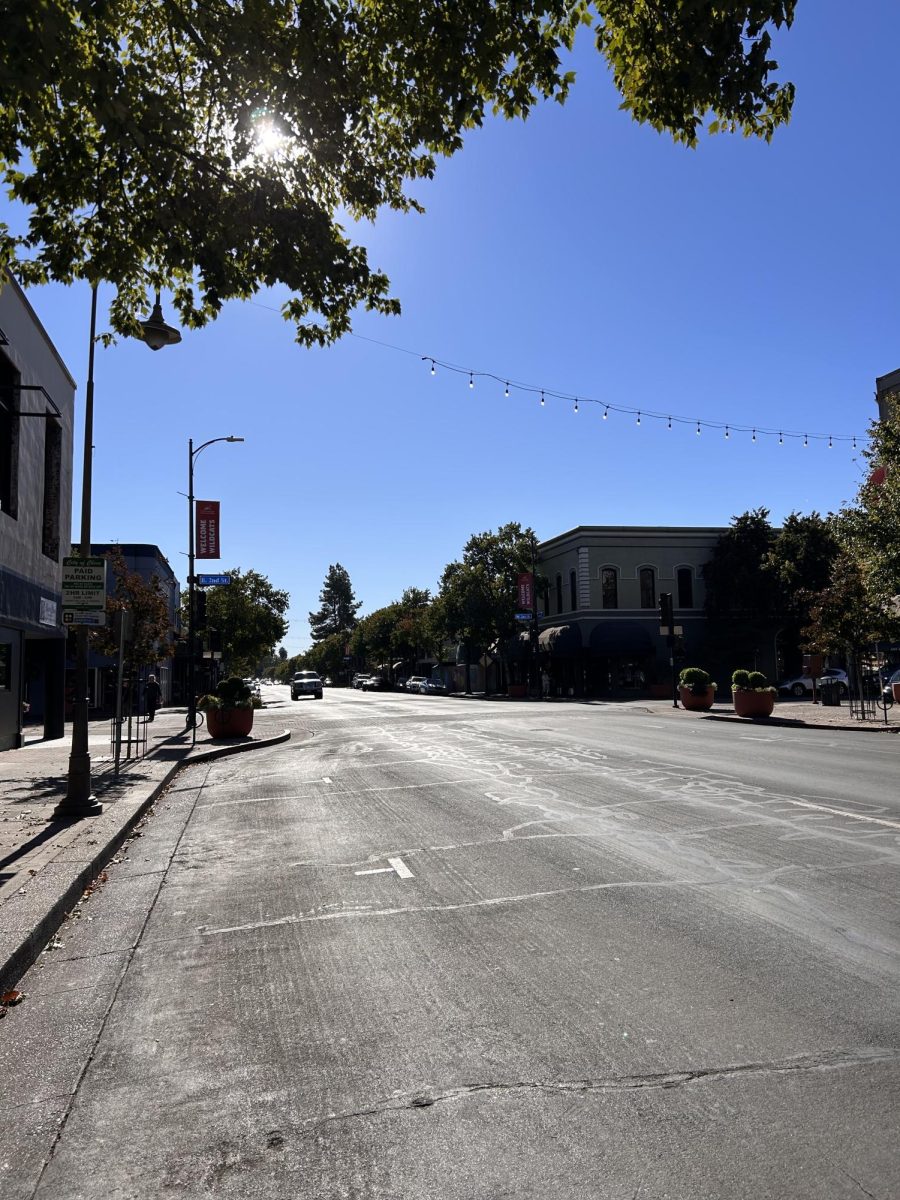As technology improves, systems and institutions that are deeply rooted in our society are challenged by the rapidity of the modern world.
Some institutions, such as the medical field, have advanced greatly. The Robot-assisted surgeons, wearable health monitors, and gene editors are just a few examples that show the willingness of the medical field to adjust to technological trends.
Other systems have been unwilling to embrace society’s advances, limiting their potential for growth.
The education system in the United States today teaches in a way that is seemingly parallel to a 19th century schoolhouse. Sit at your desk, listen to the instructor and take notes.
Why in a technologically-insatiable country with an average education system are students learning in the same way that they always have?
College students often find themselves at the point at which technology and the education system merge. Majority of college students today grew up alongside the rise of smartphones and tablets. Technology is very much a part of us. Not just culturally but also infused into the way that we think.
However, the way that technology is infused into curriculums drastically lacks.
With programs, such as on Blackboard Learn, college students can check their grades and coursework. Some textbook companies have created online versions of textbooks. Yet, these advances clearly avoid the aspect of education that needs to be improved: the teaching.
Teachers are essential to the learning process. That is undeniable. Yet, only a little more than half of US college students are making it to graduation. Clearly something is missing from current forms of teaching.
Courses should complement technological programs. Teachers and technology have the potential to be synergistic.
Some trends point to a bright future for the education system, such as those developed in the field of educational technology.
College students, however, do not have these programs on hand. Individual students today have no power in deciding the way in which their curriculum will be taught.
Students must instead call upon themselves to supplement courses with what is available. Luckily for us, all of the collective human knowledge is available on the internet.
A problem is that it becomes difficult to supplement courses once we are online.
We have more content than we can ever process and we tend to gravitate to what’s entertaining to us. It’s easy to find ourselves drifting through the infinite content of the internet without aim. However, we can make our time spent online valuable and rewarding.
YouTube, for example, is bursting with videos that expand on course content. Informative channels, like Crash Course, use visual aids along with the information provided.
At the end of the day, the goal is to give students all the options that they can to better their education.
Our learning extends far beyond the classroom. It’s time that our courses do as well.
Sam Rios can be reached at [email protected] or @theorion_news on Twitter.



